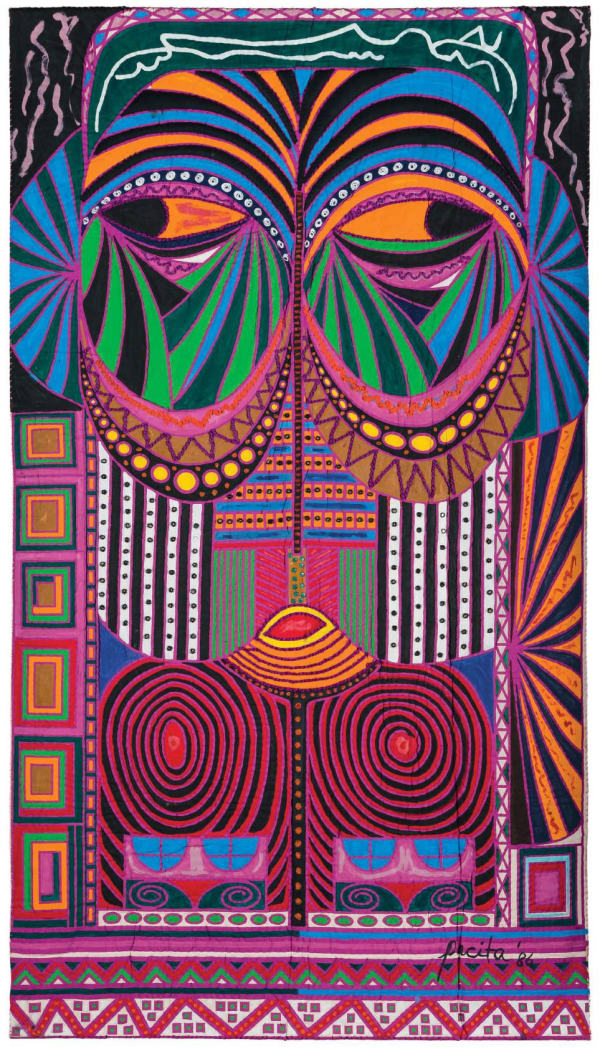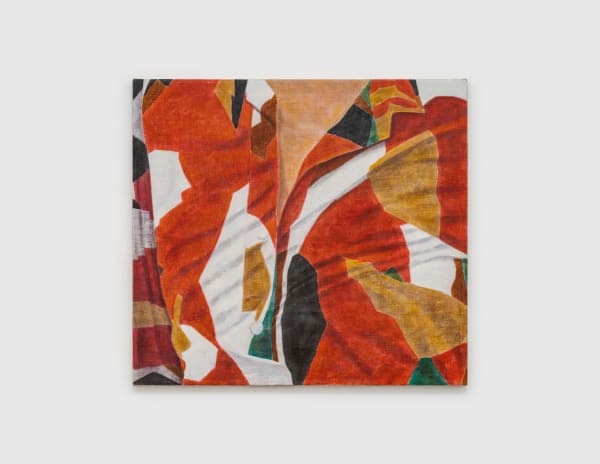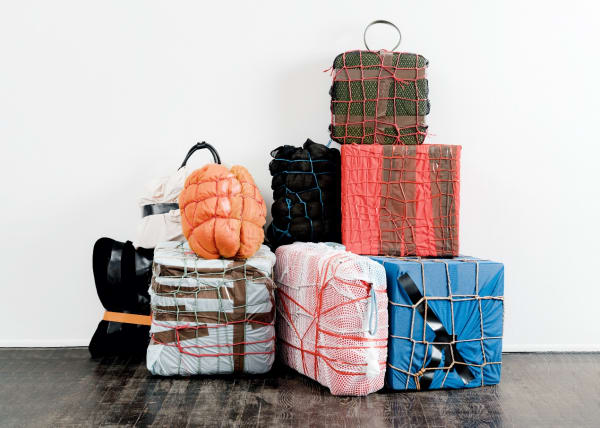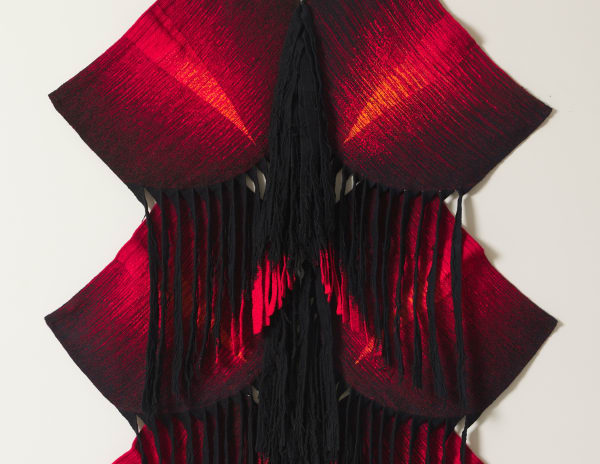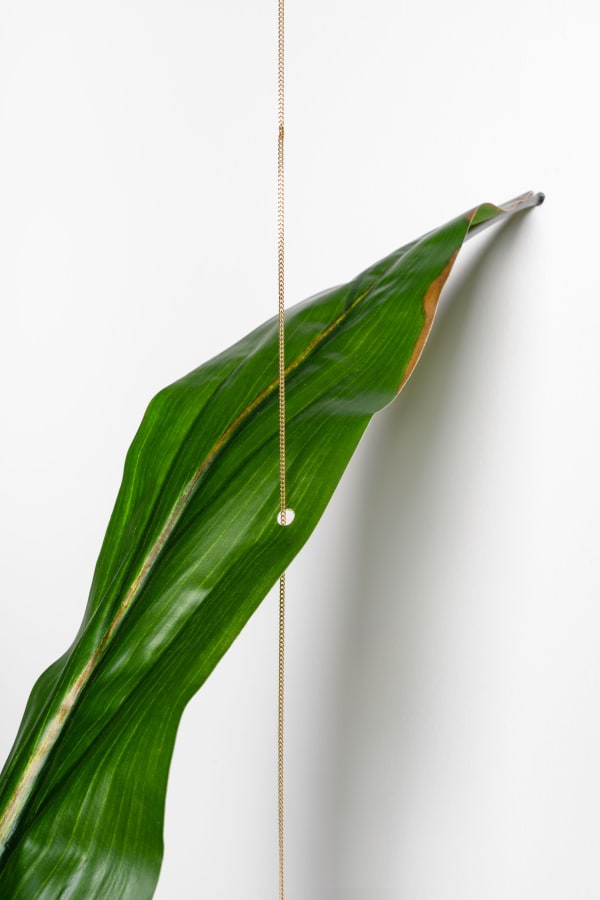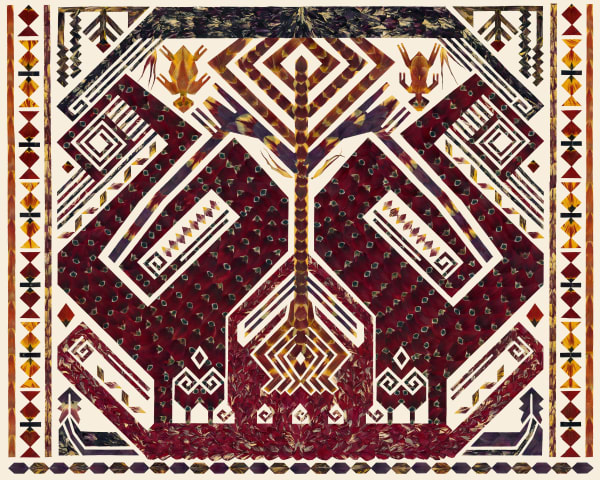Artists
-

Pacita Abad
-

Ghada Amer
-

Davide Balliano
-

Wook-Kyung Choi
-

Chung Seoyoung
-

Gimhongsok
-

Ha Chong-Hyun
-

Kang Seok Ho
-

Suki Seokyeong Kang
-

Kim Tschang-Yeul
-

Kim Yong-Ik
-

Kwon Young-Woo
-

Maia Ruth Lee
-

Mire Lee
-

Lee Seung Jio
-

Lee ShinJa
-

Minouk Lim
-

Park Chan-Kyong
-

Park Seo-Bo
-

Tania Pérez Córdova
-

Kibong Rhee
-

Suh Seung-Won
Works by
